
Napoleon's house is one of the few typically tourist attractions in Ierapetra. Hidden in the thicket of side streets, this building offers nothing more than the view of its modest and rather neglected facade. It seems, however, that after many years of stagnation, the Ierapetra authorities decided to take care of this monument. By the way, it is also worth mentioning that according to one of the local amateur historians there were new facts confirming the presence of Napoleon in Ierapetra .
At the beginning of 2018, Stavros Arnaoutakis signed a contract on behalf of the Kreta Region to transfer funds to the local authorities to finance the revitalization of this building. In total, the total budget of this project is to reach 120,000. €. In addition to carrying out renovation works, as part of a separate task, full lighting will also be performed. Additional funds in the amount of PLN 75,000 will be allocated for the implementation of this work. €.
That day, as usual, Andreas Peroulios spent the early morning walking unhurriedly along the Ierapetra seaport. Still cool at this time the air was saturated with the smell of fishing nets and the morning sea breeze. Peroulios in his modesty did not even suppose that the events taking place over the next several hours would make his name forever on the canvas of history. Nobody could have foreseen the fact that the unimaginable little home he owned would become one of Ierapetra's tourist attractions in the future.
Even before noon, every smarter eyes of some of the inhabitants of Ierapetra spotted on the horizon small black dots, which repeatedly shimmered white outstretched sails. With each subsequent hour their number increased, awakening not only curiosity among the Cretans, but also the murmur of restless conversations. At the end of the 17th century, information flow was still very slow, and news reaching Crete was only a faint echo of distant events. None of the inhabitants of the island could have known that the large number of ships visible on the horizon was Napoleon Bonaparte's fleet, which after Malta captured, went to Egypt.
It was quickly noticed that several ships from that armada approached the coast every hour. The largest of them was called L'Orient. Its massive hull and masts rising high above the water line made a huge impression on the inhabitants of Ierapetra. A flag was flying over the raised aft deck, the color combination of which left no illusions that it was a French ship. It was from his deck that a small boat was abandoned, where several sailors boarded. Among the whistles forming mysterious commands incomprehensible to civilians, a senior officer also descended to the boat.
The boat, pushed away from the side of the ship, headed toward the shore. The sailors rowed in the rhythm of shouts coming from their throats. The crowd gathered on the shore watched as ideally synchronized movements arranged for further strokes of oars. Already after a few minutes, the bottom of the boat squeezed around the gravel shore to which the officer disembarked, and a broad-shouldered sailor carrying a sizable barrel on his shoulders. It struck that one of the first people they came across was Peroulios, who spoke French quite well. Asked about the nearest well, he showed them the way to the spa from which his family drew water. The officer ordered the sailor to go there with the barrel taken from the boat, which was to be completely filled with fresh water.
Peroulios was always curious about the world and eagerly absorbed all the stories of strangers who came to Ierapetra during their travels. All the more he was glad that the mysterious French military accepted the invitation to spend the evening in his home, telling him stories about his adventures.
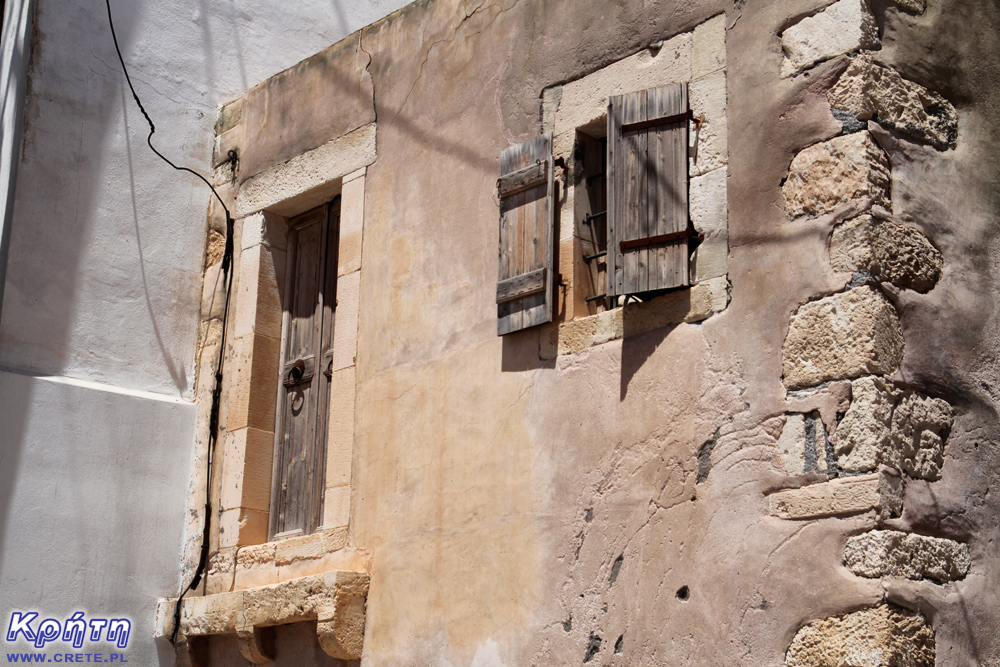
The next day, Peroulios rose early in the morning, awakened by the clatter of shutters shaken by strong gusts of wind. After yesterday's intoxicating evening, he still wanted to catch even a little extra sleep. He knew, however, that without closing the shutters, it would certainly not be possible. When he came downstairs to his humble house, he noticed that the mysterious guest who accompanied him yesterday evening disappeared. Among the tableware he spotted a white card, the corner of which was pressed under one of the plates. Decomposing it, he saw an unusually careful handwriting, the letters of which consisted in the following short text: "If you are wondering who your mysterious visitor was, then know that his name is Napoleon Bonaparte."
Peroulios, pushed by curiosity, went to the beach near his home. Exiting from the thicket of city streets, he noticed that there was not the slightest trace of the armada on the stormy sea that was on the Ierapetra coast yesterday. At that time, Napoleon Bonaparte's fleet of several hundred ships was far beyond the horizon. Driven by strong gusts of wind meltemi, whose direction was very favorable to French sailors, it sailed towards the Egyptian coast. Neither Napoleon, nor the more modest Peroulios, expected the hard fate of nearly 50,000 French soldiers and seamen going on to conquer the Middle East these days.
After just over three years, Napoleon's expedition ended in a complete fiasco. In 1801, the future Emperor returned to France with the sad remnants of his once proud army. Of the soldiers leaving for Egypt, only one in four was lucky enough to stand on their native land again.
But let's return to our Greek hero of this story. The letter left by Napoleon became for the honest Peroulios a trophy that he proudly presented to his illustrious guests. It was no different in 1811 when the modest thresholds of his household were visited by the captain of one of the French anchor vessels in the Ierapetra. Enthralled by this document and the story of Peroulios, he offered him a very large amount of money for this memento without much hesitation. The Greek, shaken by doubts, finally agreed to this proposal. Since then, the fate of Napoleon's letter remains unknown. Today, it is the lack of this document that makes the story of taking place in the home of Peroulios, for a large part of people is seen in the realm of legends.
The above story is, of course, a largely fictionalized version of events that could have taken place on June 26, 1798 in Ierapetra.
The unclear history of Napoleon's accommodation in the Ierapetra makes fascinates of the history of Crete for many years a pretext for disputes and undermining their arguments. Proving their reasons, each party refers to various sources of historical documents to confirm the possible route of the Napoleon fleet, between Malta and Egypt.
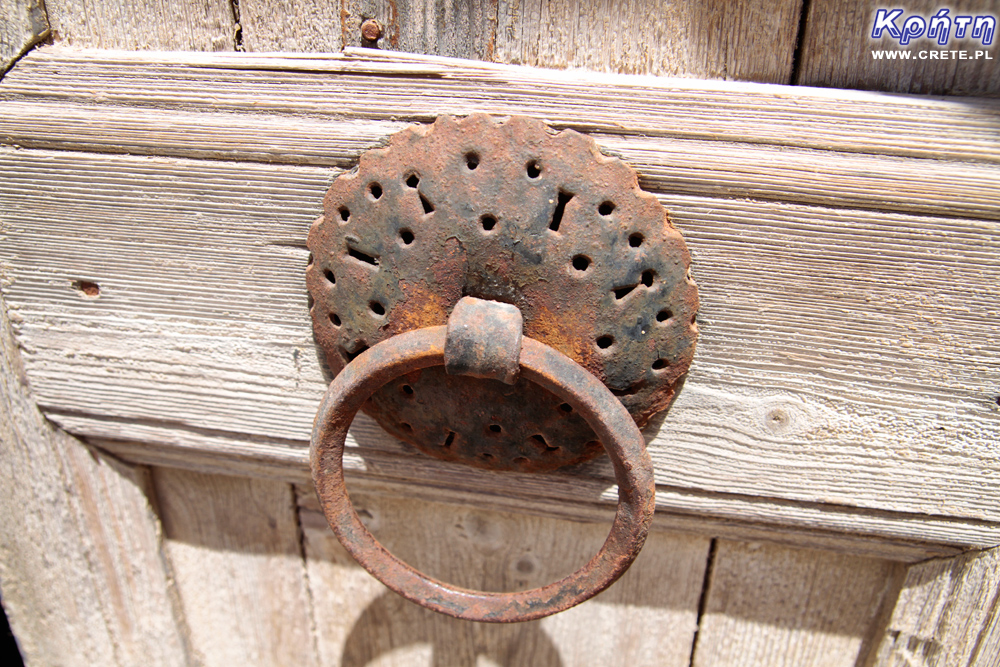
There are still disputes over whether Napoleon Bonaparte found accommodation at that door?
One of the basic arguments against Napoleon's visit in Ierapetra is that at that time Crete was not on the route connecting the two regions of the Mediterranean Sea. It is also worth mentioning that in the preserved logs of ships included in the French armada, there were also no records on the subject of the cruise route in the area of Crete.
Although the above arguments seem to be difficult to undermine, it is worth mentioning that the landing plot on Crete appears in other French documents from that time. Historian Schuermant, in support of these facts, relies on reports prepared by the then French Admirals: Jurien de la Graviere and François-Paul Brueys d'Aigalliers. They both point to Crete as one of the intermediate points of the voyage, and the latter even explicitly mentions that during the cruise he landed in the small town of Ierapytna.
Some history experts also find another rather interesting explanation for the creation of the myth of the "House of Napoleon". According to them, this legend was to be born at the turn of the 19th and 20th century, when the island was freed from the yoke of the Turkish occupation. During this period from 1897 until 1915, the troops of six great European powers, which were supposed to guard the observance of a peaceful truce, were stationed in Crete. Among these forces were also soldiers from France who were stationed in the northern part of eastern Crete. And it was for them that the legend of Napoleon's alleged accommodation in the Ierapetra was created.
The operant Greeks offered the French not only the opportunity to see the house where Napoleon Bonaparte was to stay, but they were also sold various souvenirs. One of them were postcards depicting the front of this modest building. Below you can see one of them printed in 1905 by the Alikiotisa publishing house. It is a postcard made in lithographic technique, which was sold, among others, in Heraklion .
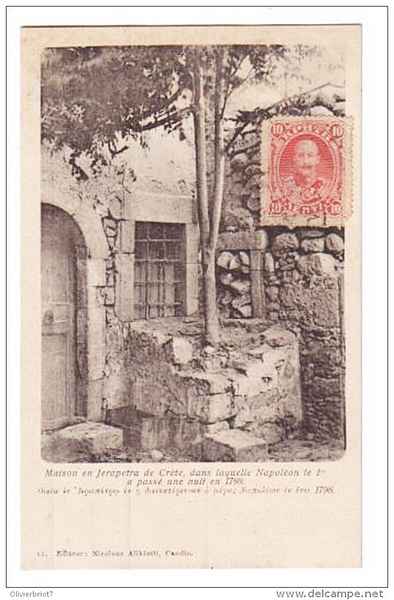
Retired teacher Yiannis Rovythakis dealing with history historically informed that he has new facts confirming the presence of Napoleon in Iearapetra. One of the more tangible proofs is to be a telescope that allegedly belonged to the French emperor.
According to the words of Yannis Rouvythakis, the bronze telescope was supposed to be one of the gifts Napoleon left to the host for the night spent in the Ierapetra in the summer of 1798. Over the next several decades, the fate of this extremely valuable object was unknown. However, it is known for sure that the telescope changed the owner several times, but each time it was relayed with information that it used to belong to Napoleon.
Eventually, it came into the hands of Mr. Lydakis (Λυδάκης) of the former prefect of Heraklion, who inherited it along with the property of his ancestors. In 1897, he gave the Napoleon telescope as a gift to the Revolutionary Committee in Archanes. This unusual object proved to be very useful for local fighters. With his help, the movements of Turkish troops operating in the area of Archanes were tracked.
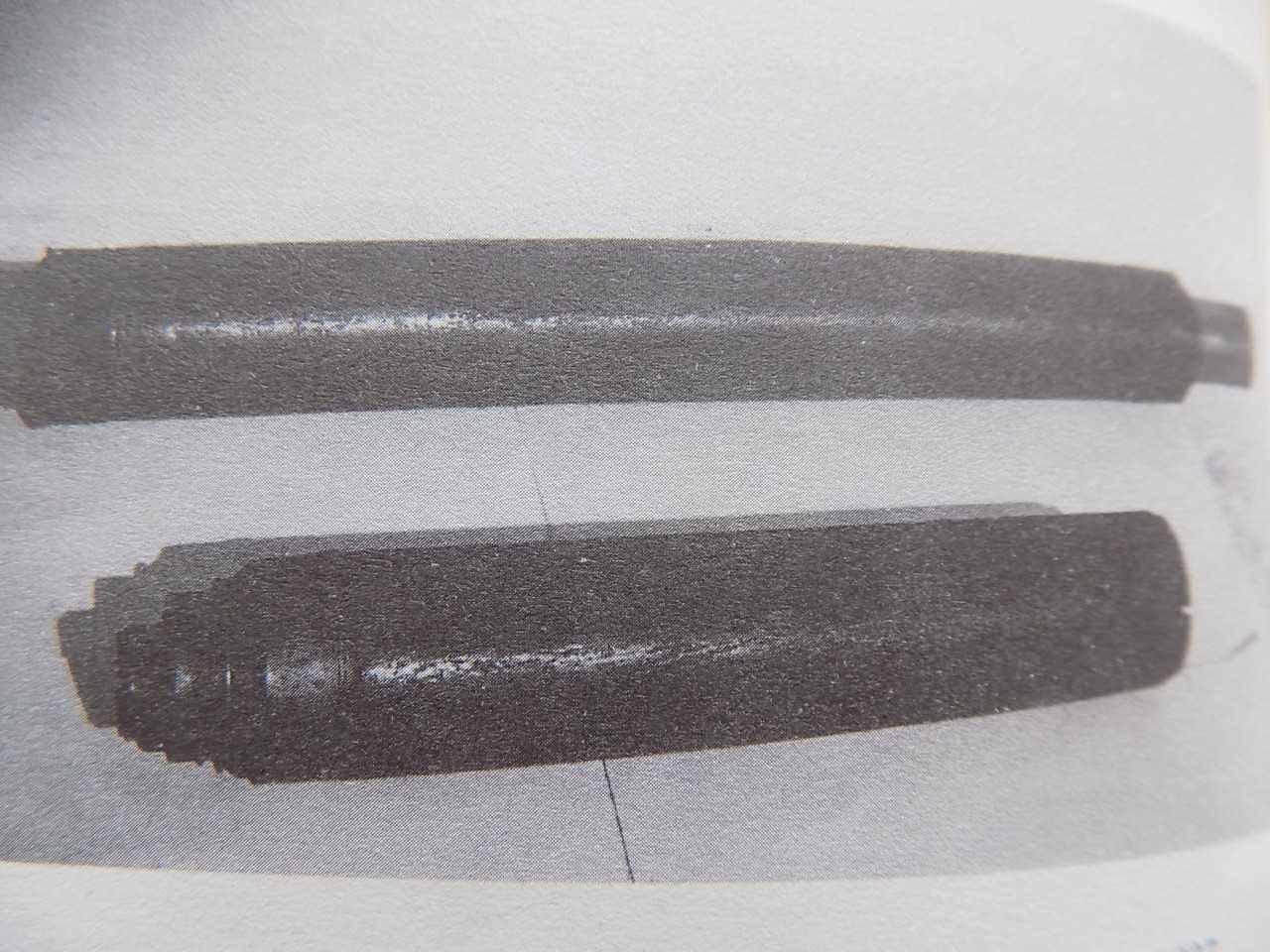
A telescope that was supposed to belong to Napoleon (source www.neakriti.gr/ )
The second fact confirming Napoleon's stay in Ierapetra is one of the fragments of the history of the Sfakia region, written in 1877 by Bishop Grigoris Papadopetrákis. This elaboration, which is now stored in the Greek Archives, contains a comprehensive four-page description of Napoleon Bonaparte's journey. According to Grigoris Papadopetrákis, he and his fleet were to stay in the bay of Loutro in Sfakia, and then sail away to Ierapetra. Further history is already in line with the legend attributed to a small house in which Napoleon allegedly spent the night.
The new facts will certainly be investigated thoroughly by successive historians who will invariably deal with verbal battles over whether Napoleon's visit to Ierapetra is a fact or a myth. We know, however, that in every legend, even the most preposterous one has a single grain of truth.
Knowing the location of this modest building you will get to it without any problems. From our own experience, however, we must mention that not all guides indicate the correct location. On the map below, the building was marked with a red pin. Getting to it the easiest of the coast in the area of the former Venetian fortress located in the port of the southern part of Ierapetra.
The found house of Napoloen makes a very inconspicuous impression. Against the background of modern buildings it seems very mild. On a simple façade without much finesse can be seen only a few decorative details. Low storeys do not match the requirements of the current "townspeople". Keep in mind, however, that this is a building from the 17th century. In the current realities, possession of such a property certainly constituted the wealth of the owner.
↤ click the appropriate part of the island to change the bottom map
Information about one of the more known tourist cities of Crete, or about Malia. Description of attractions located in the city of Malia and a description of the specificity of this town.
Kritsa is one of the largest villages in Crete. The village has a lot of shops with local crafts.
The Lasithi Plateau is located about 70 kilometers from the capital of Crete - Heraklion. The average height at which the terrain of this plateau is located is 840 m above sea level.
One of the tourist attractions eagerly visited by people spending their holidays in Crete is the Dikte (Psychro) cave. The main factors that attract people to this cave are a rich and varied dripstone robe and a close connection with mythology.
Among the olive groves in the place called Logari, which is less than a kilometer from the village of Kritsa, there is a small Byzantine church of Panagia Kera from the 13th-14th centuries.
Stalida is located directly along the coast and is one of the most famous tourist destinations in Crete, which definitely comes alive with the advent of the tourist season
Most people crossing the route between Agios Nikolaos and Ierapetra will definitely notice the large crack which is marked by the mountain located east of this road. This majestic geological creation called Ha was probably created as a result of an earthquake.
Xerokambos is a small settlement in which you will find literally several taverns, and most of the buildings are single-storey and one-story houses. The big advantage of this beach is a gentle sandy descent to the sea.
Agios Nikolaos (Άγιος Νικόλαος) is a small town with less than 20,000 inhabitants. permanent residents (according to statistical data from 2001). This city is the capital of the Lasithi nomos.
Although Elounda seems to be a sleepy fishing town to this day, however, appearances should not fool you, because this town and its surroundings can boast of probably the largest number of the best hotels.
Although Elounda seems to be a sleepy fishing town to this day, however, appearances should not fool you, because this town and its surroundings can boast of probably the largest number of the best hotels.
Stalida is located directly along the coast and is one of the most famous tourist destinations in Crete, which definitely comes alive with the advent of the tourist season
The ancient city of the LATO can be found near the charming village of Krista near Agios Nikolaos.
It is recognized that Gournia was inhabited between 3000 BC. 1,200 BC and is one of the few cities unearthed to a large extent.
Zakros is the fourth-largest Minoan palace in Crete in importance and size. This latest found, built on the east coast of the island is located in the village of Káto Zákros.
Zakros is the fourth-largest Minoan palace in Crete in importance and size. This latest found, built on the east coast of the island is located in the village of Káto Zákros.
The first palace was built around 1900 BC. in the place where there was a quite impressive settlement whose remains were later transformed into the central part of the city.
Moni Toplou (Μονή Τοπλού) also called as The Great Monastery is one of the most beautiful and important monasteries in Crete.
Moni Toplou (Μονή Τοπλού) also called as The Great Monastery is one of the most beautiful and important monasteries in Crete.
O Vai zrobiło się głośno, gdy w latach 70-tych na tle palmowego gaju nakręcono reklamę kokosowych batoników Bounty.
This inconspicuous little island located about 5 km from the center of Elounda is one of the biggest tourist attractions in Crete.
When heavy equipment entered the promontory near Sitia, no one expected that this area contained the ruins of the Hellenic city.
The abundance of water and shade mean that even at the peak of the tourist season, this place is full of lush vegetation.
At the top of a cone-shaped hill called Souvloto Mouri, the remains of an unusual building with a unique oval shape were discovered.
The ruins of the ancient city of Itanos are located at the eastern tip of Crete, less than 3 kilometers north of the famous palm beach of Vai. Although there are also nice beaches at Itanos, unlike its well-known neighbor, this place does not attract crowds. There are either accidental stray tourists or excavation enthusiasts here.
Just over 2 km from Palekastro, next to Chiona beach, there is a large archaeological site called Roussolakos
Just over 2 km from Palekastro, next to Chiona beach, there is a large archaeological site called Roussolakos
Ierapetra (Ιεράπετρα) is the fourth largest city of Crete and also the largest town located in the Lassithi prefecture.
Diaskari Beach, also known as Green Beach, is less than 3 km from Makry Gialos.
Koufonissi is a small island in the Libyan Sea, located just a stone's throw from the southern coast of Crete.
Less than 10,000 population of Sitia makes the city the smallest in Crete. Some even go a step further and say perversely that it is rather the largest village of Crete.
Napoleon's house is one of the few typically tourist attractions in Ierapetra. About what could have happened here in the summer of 1798 and possibly how much in this legend is the truth we write in the article on the page below.
Zakros is a small town on the east coast of Crete, less than 40 km south-east of Sitia.
Moni Kapsa Monastery is one of the most interesting monasteries in Crete. Its massive buildings were erected on rocky, gray slopes surrounding the nearby Pervolakia Gorge.
However, Pachia Ammos is not a typical crowded and lively tourist destination, which is not lacking in the north of Crete.
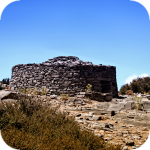
Traveling around the White Mountains or within the Psiloritis massif in Crete, you can come across small stone buildings, called mitata. Their characteristic round stone structure reminds some people of an igloo.
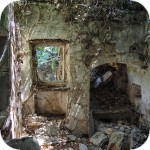
Only a few kilometers separate the bustling city of Rethymno from Mili, a village abandoned by its inhabitants. This place is also called the village hidden in the gorge. This name perfectly describes Mili because it is located on the edge of a small and green ravine of the same name. Although Mili was abandoned by its inhabitants, in recent years it has become a tourist attraction. It must be admitted that a walk between old buildings, which are slowly absorbed by the surrounding nature, gives rise to a slight thrill, and a more exuberant imagination while looking into the nooks and crannies of old houses may suggest scenarios straight from horror movies.
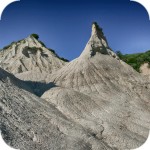
At the edge of the village of Potamida grows a complex of clay mounds called Komolithi (Komolithoi). These earth pyramids, referred to as the Greek Cappadocia, form one of the strangest and most interesting landscapes in Crete.
Komentarze
komentarz z
Victoria Furu
komentarz z
komentarz z
ach, gdzież ten Napoleon nie był...
komentarz z
Z września, tego roku ;)
komentarz z
Ania Polus, Kasia Polus niesamowity dom Napoleona, tyle wspomnień
komentarz z
Martyna Dziadkiewicz pięknie pieknie tam
komentarz z
Ach...tyle wspomnień
komentarz z
Kolejny powód żeby wrócić na Kretę
Wypełnij poniższy formularz aby dodać komentarz
lub kliknij w poniższy link aby skorzystać z możliwosci komentowania przez facebooka:
https://www.facebook.com/crete.poland/posts/10155845907492551